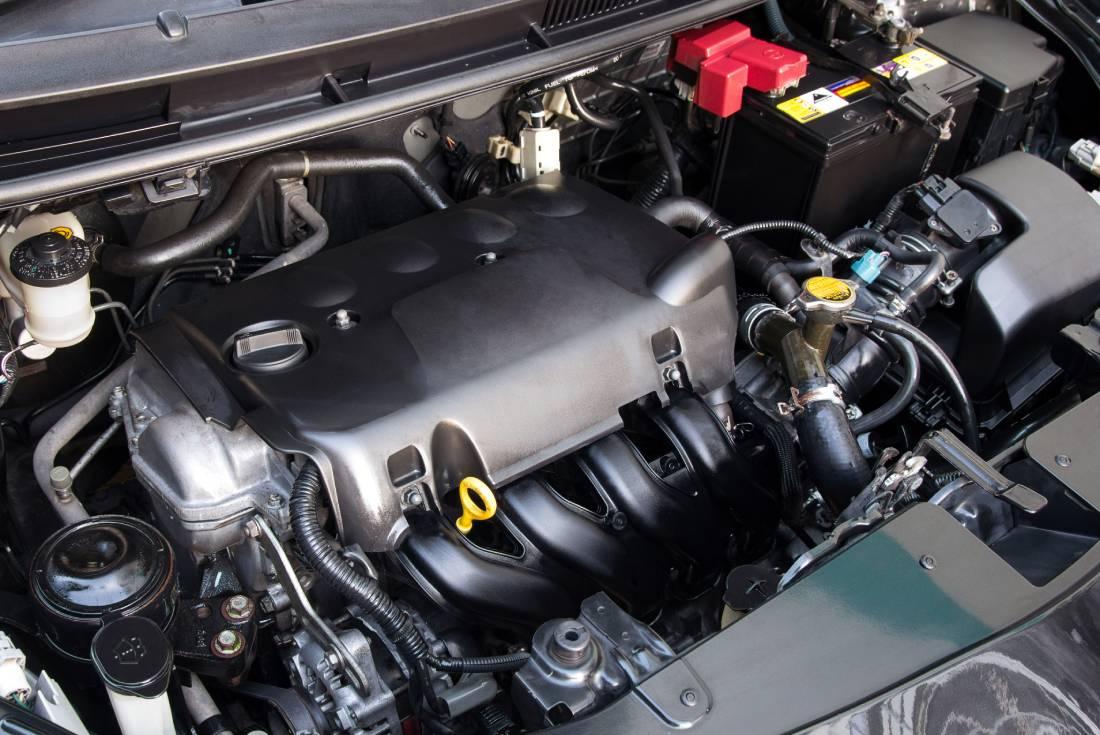
Understanding CRDI : Modern Diesel Engine Technology
Dieselspecialists – Diesel engines have evolved significantly over the past few decades, moving from mechanical systems to sophisticated electronic fuel injection. Among these advancements, Common Rail Direct Injection (CRDI) has become a game-changer in modern diesel technology. This system redefined how diesel engines deliver power, efficiency, and cleaner emissions. In this article, we’ll explore how CRDI works, why it’s essential for today’s engines, and how it continues to shape the automotive world.
Common Rail Direct Injection, or , is a fuel delivery system that allows diesel engines to inject fuel at extremely high pressure through a shared “common rail.” Unlike older systems where each cylinder had its own injector pump, uses a centralized rail to distribute fuel evenly. This innovation provides more precise control over injection timing and quantity, resulting in smoother combustion and better performance.
In simpler terms, CRDI acts as the brain of a diesel engine monitoring, adjusting, and optimizing fuel delivery based on real-time driving conditions.
Before technology, diesel engines were often criticized for being noisy, smoky, and rough. With CRDI, those perceptions changed dramatically. The system’s ability to atomize fuel into finer particles led to cleaner and more complete combustion. As a result, modern diesel engines became quieter, more responsive, and environmentally friendly. The automotive world embraced CRDI not just for efficiency, but for transforming how diesel feels to drive.
The benefits of CRDI are numerous and substantial.
Here are the most important ones:
Improved fuel efficiency through precise injection.
Significant reduction in harmful emissions.
Enhanced torque and acceleration response.
Smoother engine operation with less vibration.
Better cold-start performance.
Quieter engine noise at idle and high speeds.
Each of these improvements demonstrates how technology raised the bar for what diesel engines can achieve in both performance and sustainability.
At the heart of every CRDI system is the Electronic Control Unit (ECU). This computer manages fuel injection pressure, timing, and duration. It collects data from sensors — such as throttle position, air intake, and exhaust temperature and makes microsecond-level adjustments. This intelligence allows the engine to respond instantly to changing driving conditions, maintaining efficiency and reducing fuel waste.
Without ECU control, the precision of would be impossible.
One of the greatest achievements of systems is their role in reducing pollution. The fine fuel mist produced by high-pressure injectors burns more completely, cutting down carbon and particulate emissions. In addition, many equipped engines meet strict Euro 5 and Euro 6 emission standards. For countries moving toward greener automotive solutions, remains an essential bridge between traditional diesel and future hybrid technologies.
Although systems are advanced, they also require proper care to maintain performance.
Here are some key maintenance practices:
Always use high-quality diesel fuel to prevent injector clogging.
Replace fuel filters regularly to protect the common rail system.
Avoid running the tank dry, as air bubbles can damage injectors.
Follow the manufacturer’s service intervals strictly.
Check for unusual noises or warning lights immediately.
By following these steps, drivers can extend the lifespan of their engines and enjoy consistent performance for years.
Even advanced systems can experience issues. The most frequent related problems include injector failure, fuel contamination, or faulty pressure sensors. These issues can lead to poor mileage, engine knocking, or black smoke from the exhaust. However, most of these problems are preventable with regular servicing and clean fuel usage.
Recognizing early signs of trouble is the best way to avoid costly repairs.
As emission standards grow stricter, CRDI continues to evolve with new materials and smarter electronics. The integration of CRDI with turbochargers and exhaust after-treatment systems creates a cleaner, stronger, and more efficient powertrain. In many ways, represents the peak of internal combustion diesel design before the global shift toward electrification.
For developing markets, this technology offers an ideal balance between performance, cost, and environmental responsibility.
What does CRDI stand for?
It stands for Common Rail Direct Injection, a modern fuel injection system for diesel engines.
Why is CRDI better than older diesel systems?
It provides better fuel economy, smoother operation, and fewer emissions.
Can CRDI engines use regular diesel fuel?
Yes, but using low-quality fuel can damage injectors and sensors.
How long can a CRDI engine last?
With proper maintenance, it can easily exceed 300,000 kilometers.
Is CRDI suitable for all types of vehicles?
Yes. From passenger cars to commercial trucks, CRDI technology adapts to various engine sizes and needs.
Diesel Specialists | Expert Engine Solutions for Diesel, Gasoline & More menyoroti pergeseran besar ketika keahlian sebagai mata uang mulai…
Diesel Specialists | Expert Engine Solutions for Diesel, Gasoline & More outlines safe diesel engine mods that can be done…
Diesel Specialists | Expert Engine Solutions for Diesel, Gasoline & More Winter cold-start issues often hit hardest when drivers ignore…
Diesel Specialists | Expert Engine Solutions for Diesel, Gasoline & More Rising interest in home garage projects encourages many beginners…
Dieselspecialists - Diesel engines have always been symbols of strength and endurance. For decades, they powered farms, mines, highways, ports,…
Dieselspecialists - There is a powerful moment when a diesel truck fires to life before sunrise, and the world still…